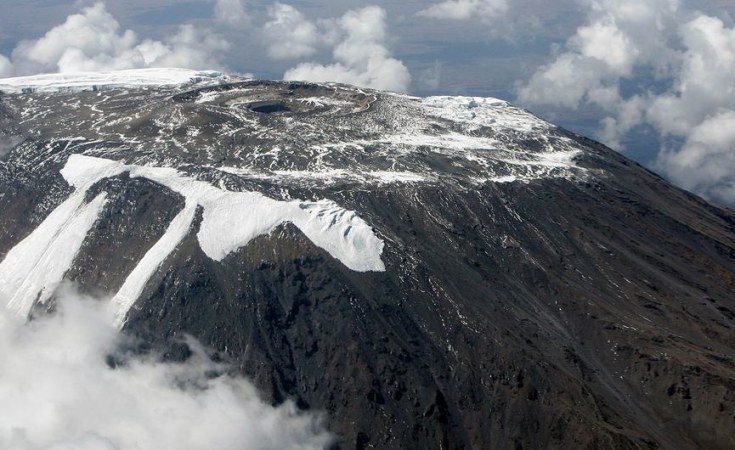Kilimanjaro, Tanzania — U.N. experts say the ice cap on Africa's biggest peak, Tanzania's Mount Kilimanjaro, is among world-famous glaciers predicted to melt by 2050 due to climate change.
Julius Keyyu of the Tanzania Wildlife Research Institute, who has participated in various studies on Mount Kilimanjaro, said it is true, the glacier atop the mountain is shrinking.
Some studies have shown the glacier has shrunk by 80 percent since the early 20th century.
For locals, Mount Kilimanjaro is a symbol of fortune, and it brings tens of millions of dollars to the region through 50,000 tourists who climb the mountain annually.
Agatha Bernad, a tour operator in the area, worries about the loss of tourism, which means a loss of income for herself and for the government, as well as the loss of the potential of the mountain itself.
Earlier this year, an Intergovernmental Panel on Climate Change report listed the melting of ice and snow as one of the 10 key threats from climate change.
The United Nations says the glacier could be saved only if the world limits global warming to 1.5 degrees Celsius.
Imani Kikoti, of Kilimanjaro National Park, said the key is to educate the public on conservation, especially in the villages surrounding the mountain, and to encourage citizens to plant trees on their land to help offset climate change.
Meanwhile, Keyyu said that the glacier, while shrinking, will survive. The studies on the ice cap have been done mainly by foreigners and are lacking key experts and pieces of equipment, he said.
The people who work in Tanzania's tourism industry hope he is correct.


